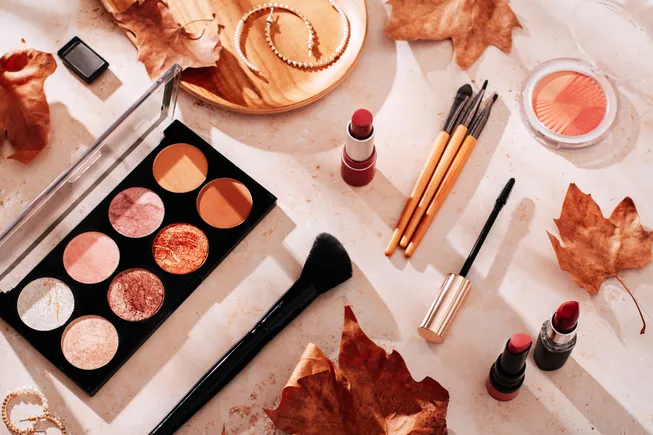Listen to the article
Dive Brief:
Between 2025 and 2030, the beauty sector is expected to grow at a compound annual growth rate of about 5%, TD Cowen predicted in a new report. The report estimates that the U.S. total addressable market for beauty, including wellness products, is valued at $115 billion.
By 2030, Amazon’s market share in beauty is expected to reach 15%, up from 10% in 2024, second only to Walmart. TikTok Shop is also expected to grow from 1% to 3% in that time. As a result, Walmart and Target could see their combined share of the market slip to about 25% in 2030, down from 26% in 2024, due also to the growth of med spas and dermatologist offices.
Similarly, the market share of specialty retailers Sephora, Ulta and Sally Beauty will dip from 20% in 2024 to 19% by 2030. The drug store market for beauty products is also projected to decline from 5% last year to 3% in 2030, and department stores will see their share fall from 7% to 5% in the same time period.
Dive Insight:
The beauty space is resilient and growing, it’s just where people shop that’s changing. That varies by age as well.
Consumers made the most beauty purchases at mass-market retailers within the past 30 days, followed by Amazon, Ulta and drug stores, according to TD Cowen’s Consumer Tracker. Consumers aged 18 to 34 overindexed on beauty purchases at mass-market retailers, Amazon, Ulta and Sephora compared to older groups. However, it’s shoppers aged 35 to 54 that drive 40% of beauty sales.
“The stability of the beauty market is underappreciated and the next leg of growth will be driven by innovation, wellness, fragrance, hair care and prestige,” TD Cowen analysts noted in the report.
Wellness, which overlaps most with beauty in areas like sleep, intimate care and nutrition, is being embraced by beauty retailers and mass merchants alike. Ulta, for example, expanded its product offerings to include more wellness items in 2023 through in-store wellness spaces titled “The Wellness Shop” at more than 1,330 stores across the U.S. The retailer refreshed the look of these spaces to give them “a new, elevated spa-like redesign” and help shoppers learn about new products.
Similarly, Target is bringing more wellness merchandise into its stores. Earlier this year, the retailer introduced over 2,000 wellness-related products across categories like beauty, health and nutrition. To highlight its new additions, the retailer will position some items at the front of its stores and feature other products at prominent displays throughout its aisles, the company said. At the same time, though, the retailer has hit pause on its Ulta shop-in-shop partnership as Ulta itself navigates a rough patch.
In August, Walmart added more than 20 premium beauty brands to its online marketplace and began promoting them via custom digital storefronts and editorial content. Last month, the retail giant said it integrated over 60 brands into its premium beauty assortment in the past year, such as Curology, Being and Pretty Smart.
Meanwhile, research suggests that presenting beauty products in stores might be the right move to capture younger consumers. Much like their older predecessors, Gen Z prefers to shop in person, according to a survey of more than 2,000 U.S. consumers conducted by the payments platform Ayden. Nearly a third (31%) of Gen Z shoppers prefer to buy beauty products in person, the survey found.

